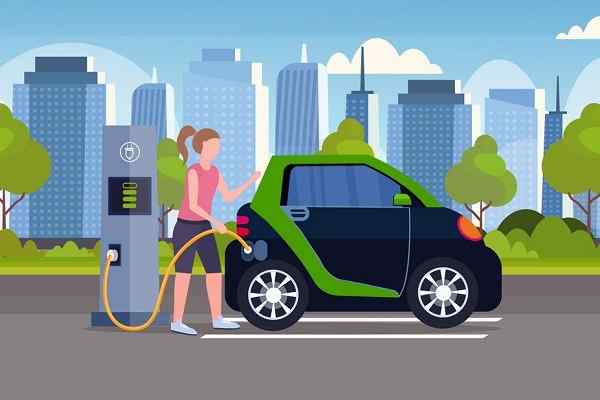 Women Powering India’s Electric Mobility Revolution
Women Powering India’s Electric Mobility Revolution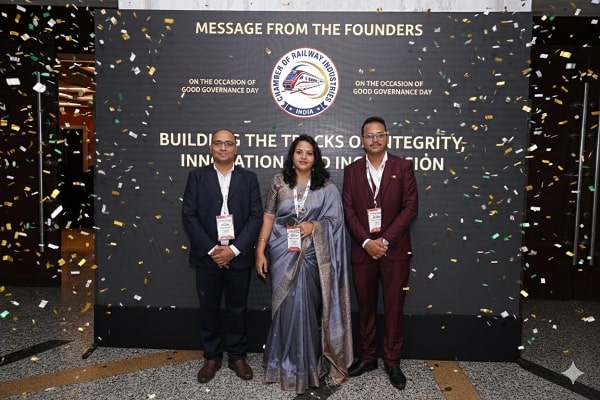 Rail Chamber Launched to Strengthen India’s Global Railway Leadership
Rail Chamber Launched to Strengthen India’s Global Railway Leadership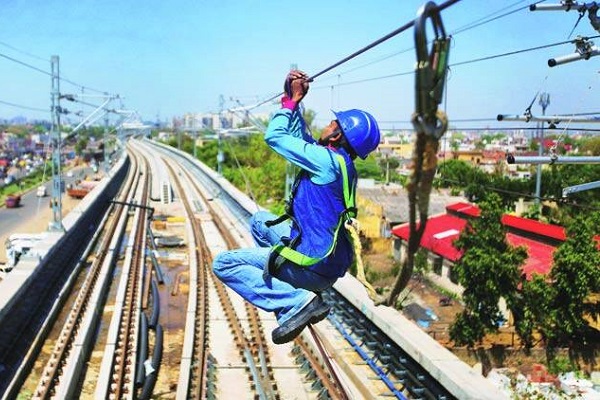 Wage and Hour Enforcement Under the Massachusetts Wage Act and Connecticut Labor Standards
Wage and Hour Enforcement Under the Massachusetts Wage Act and Connecticut Labor Standards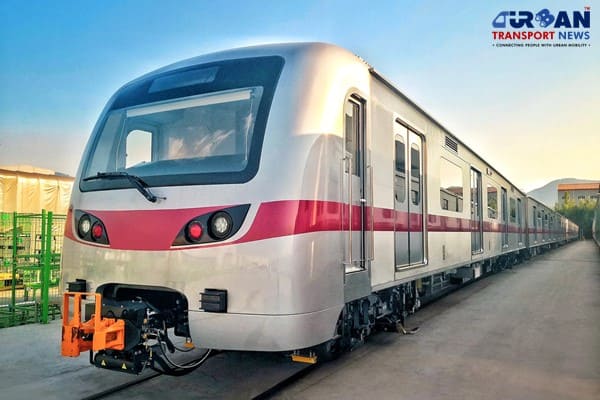 MRT‑7: Manila’s Northern Metro Lifeline on the Horizon
MRT‑7: Manila’s Northern Metro Lifeline on the Horizon Delhi unveils ambitious Urban Mobility Vision: Luxury Metro Coaches, New Tunnels and Pod Taxi
Delhi unveils ambitious Urban Mobility Vision: Luxury Metro Coaches, New Tunnels and Pod Taxi Qatar approves Saudi Rail Link Agreement, Accelerating Gulf Railway Vision 2030
Qatar approves Saudi Rail Link Agreement, Accelerating Gulf Railway Vision 2030 UP Govt plans to introduce Water Metro services in Ayodhya, Varanasi & Prayagraj
UP Govt plans to introduce Water Metro services in Ayodhya, Varanasi & Prayagraj India’s First Urban Ropeway begins Trial Run in Varanasi, Set to carry 1 Lakh passengers daily
India’s First Urban Ropeway begins Trial Run in Varanasi, Set to carry 1 Lakh passengers daily India and Bhutan to Build First-Ever Rail Link: ₹4,033 Cr Project to Boost Regional Connectivity
India and Bhutan to Build First-Ever Rail Link: ₹4,033 Cr Project to Boost Regional Connectivity Patna to launch Eco-Friendly Water Metro; Trial Run soon between Digha and Kangan Ghats
Patna to launch Eco-Friendly Water Metro; Trial Run soon between Digha and Kangan Ghats
Indian Railways aims to launch 3,000 new passenger trains in the next 5 years
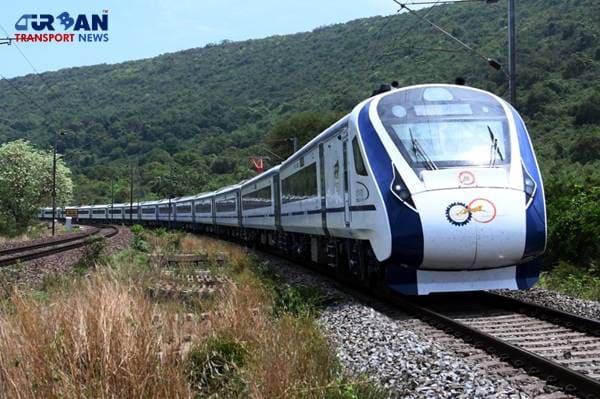
New Delhi, India (Urban Transport News): In response to the surging demand fueled by population growth, the Indian Railways is set to undergo a massive transformation. Railway Minister Ashwini Vaishnaw has unveiled an ambitious plan to introduce an additional 3,000 trains over the next four to five years. This strategic move aims to accommodate the burgeoning number of passengers, with the ultimate goal of boosting annual capacity from the current 800 crore to a staggering 1,000 crore.
Vaishnaw highlighted the necessity of this expansion, stating, "The railways is carrying about 800 crore passengers annually. We have to increase the capacity to 1,000 crore in four to five years as the population is growing." This forward-looking approach emphasizes the crucial role of the railways in meeting the evolving transportation needs of a growing nation.
To facilitate this monumental endeavor, the railways already boasts an impressive inventory of 69,000 new coaches. Additionally, sources indicate that the railway's subsidiary is actively engaged in manufacturing around 5,000 new coaches each year. This substantial capacity expansion is further complemented by the annual addition of 200 to 250 new trains, a number that doesn't include the 400 to 450 Vande Bharat trains slated for integration in the coming years.
In a bid to enhance the overall efficiency of rail travel, Minister Vaishnaw outlined concurrent initiatives. He emphasized the importance of improving train speeds and expanding the rail network to streamline passenger experiences. Speaking on the matter, he noted, "It is important to minimize the time taken to accelerate and decelerate a long route train because besides scheduled stoppages, it has to decrease its speed at several cautions and curves along the route."
Vaishnaw then provided a concrete example, explaining how optimizing acceleration and deceleration times could significantly reduce travel durations. "If we take the Delhi-Kolkata route from Rajdhani Express, and if we improve the acceleration and deceleration time at curves, stations, and cautions, we will save two hours and 20 minutes from the current total travel time," he explained.
One noteworthy innovation contributing to this efficiency is the Vande Bharat trains. Vaishnaw highlighted their superior acceleration and deceleration capabilities, resulting in a remarkable fourfold improvement over other mail and express trains. Acknowledging the time it will take to integrate Vande Bharat trains across all routes, the Railway Minister unveiled an interim solution: the implementation of a push-pull configuration mode.
This technology aims to double the acceleration and deceleration capabilities of coaches, thereby significantly reducing travel times for long-distance trains. Vaishnaw expressed optimism about the benefits of this approach, stating, "Long-distance trains will be upgraded, and significant travel time will be saved."
The Indian Railways' proactive approach to capacity expansion and efficiency improvement underscores its commitment to meeting the growing transportation needs of the nation. With plans for thousands of new trains and innovative technologies, the railways are poised for a transformative journey that will shape the future of rail travel in India.




